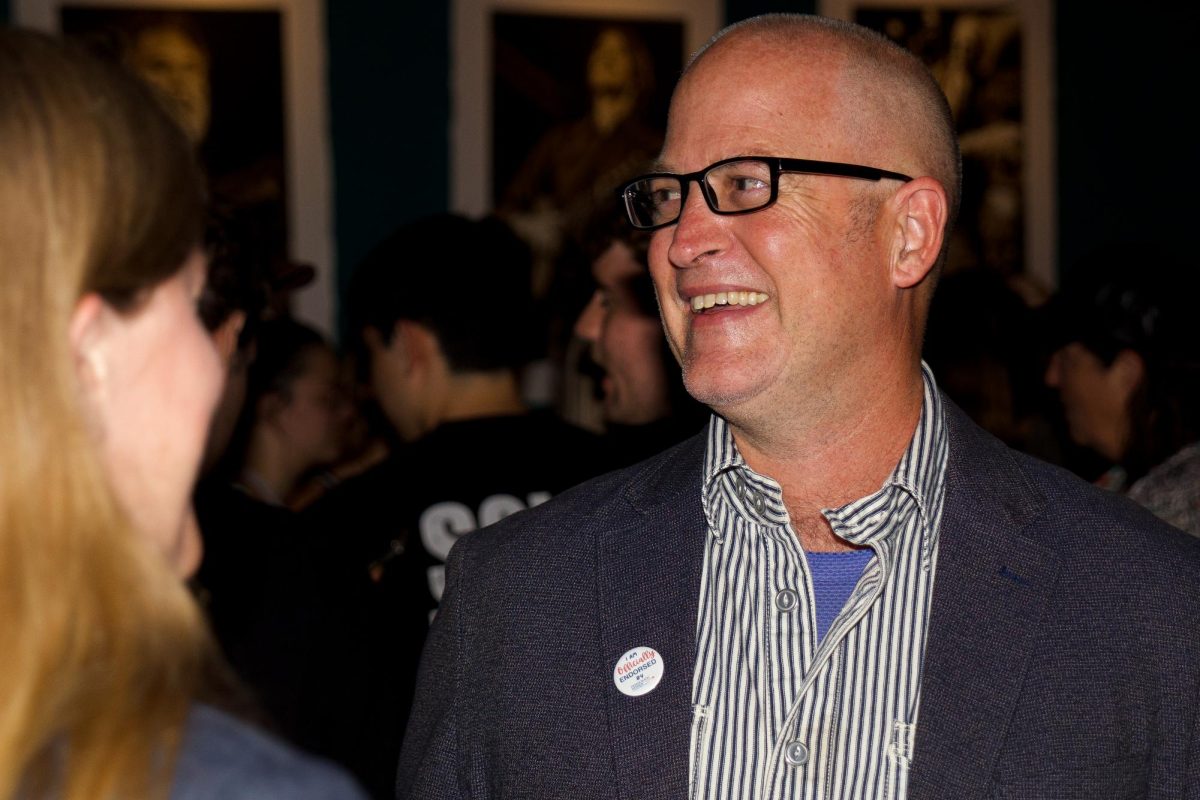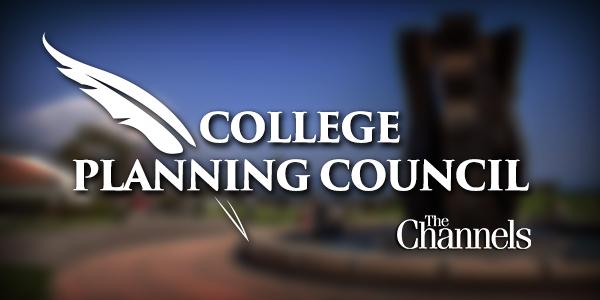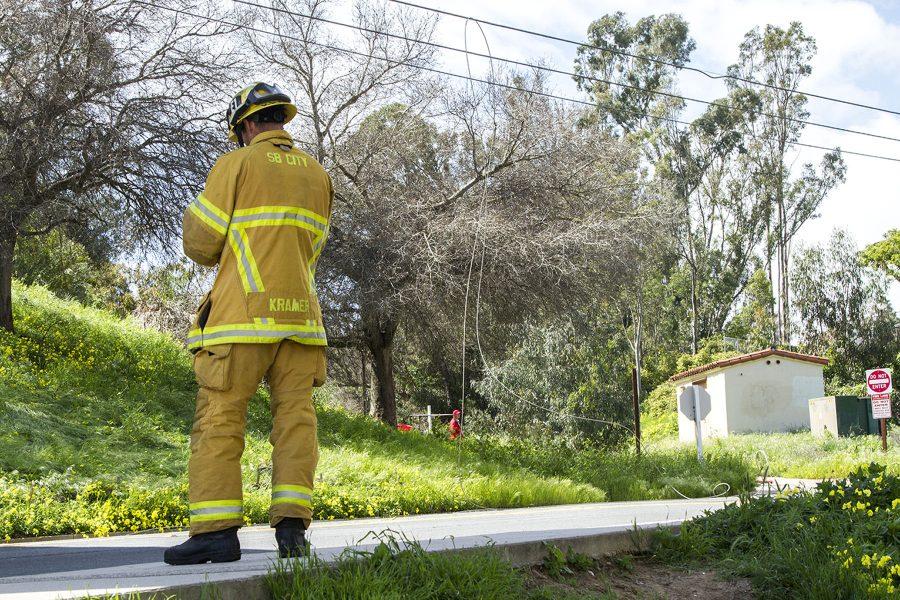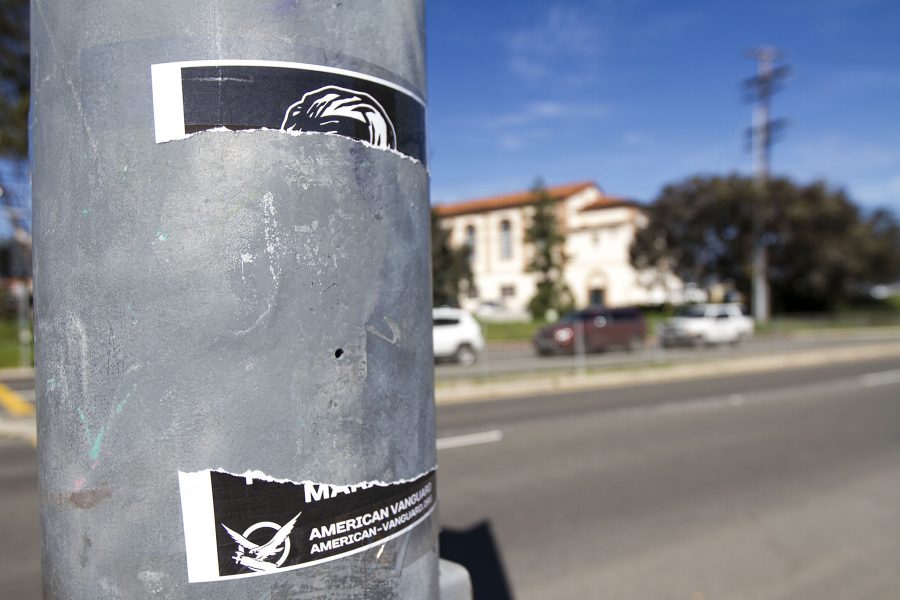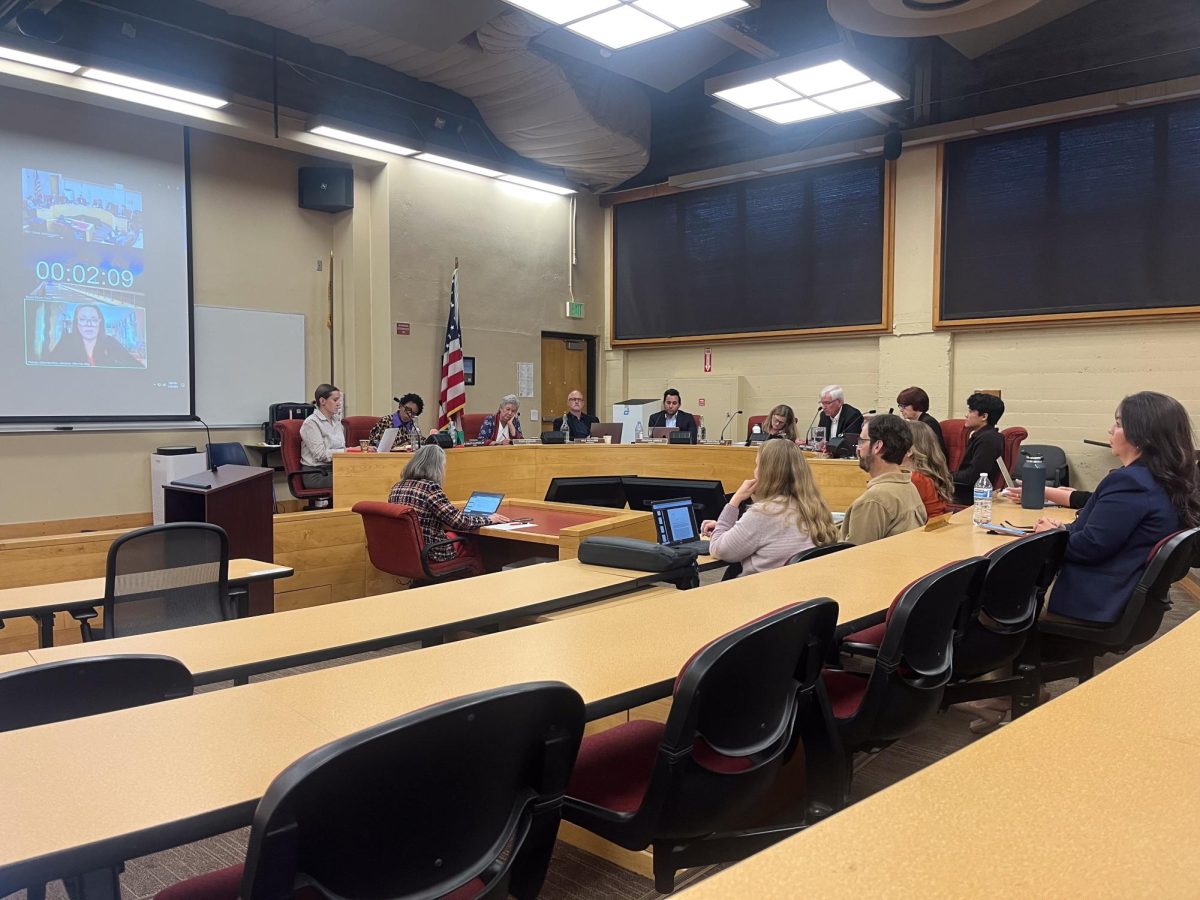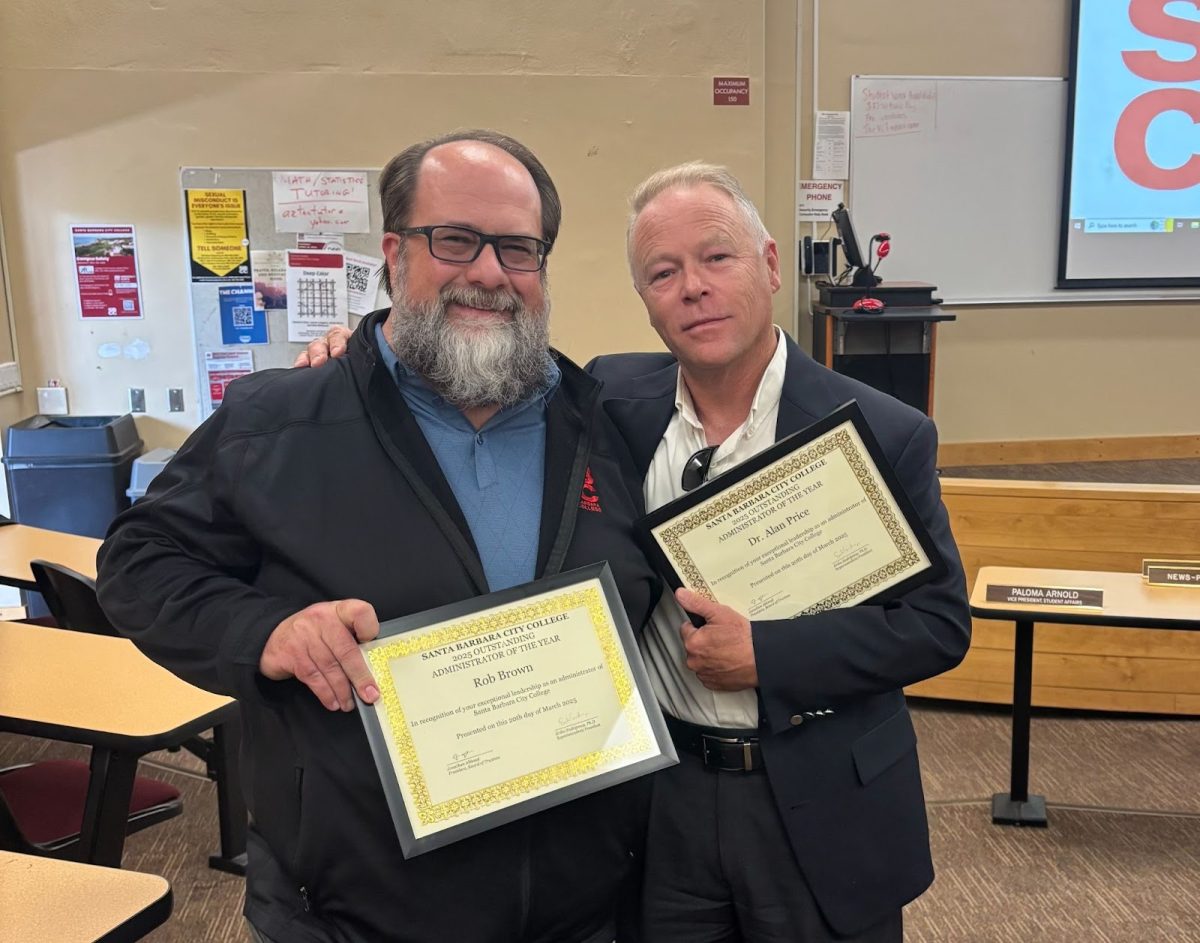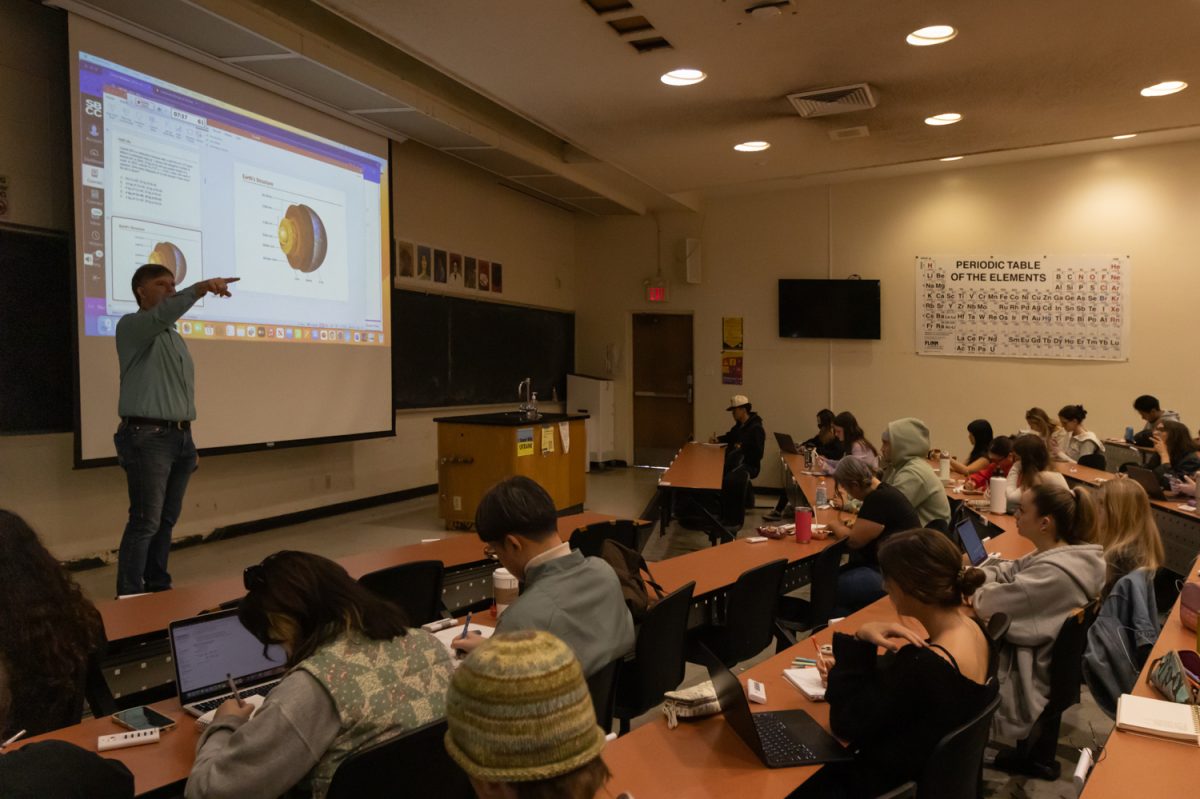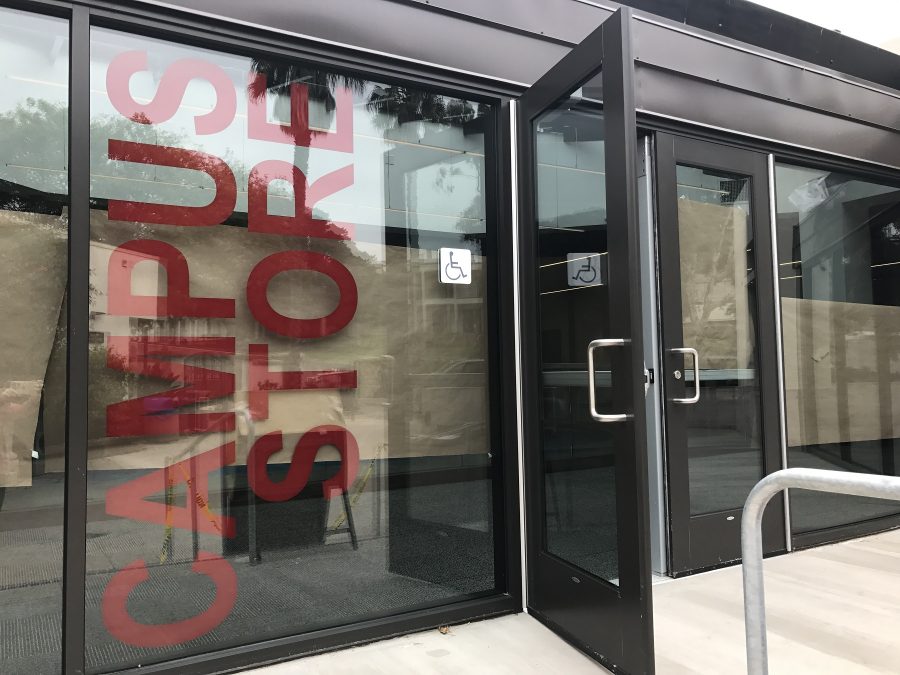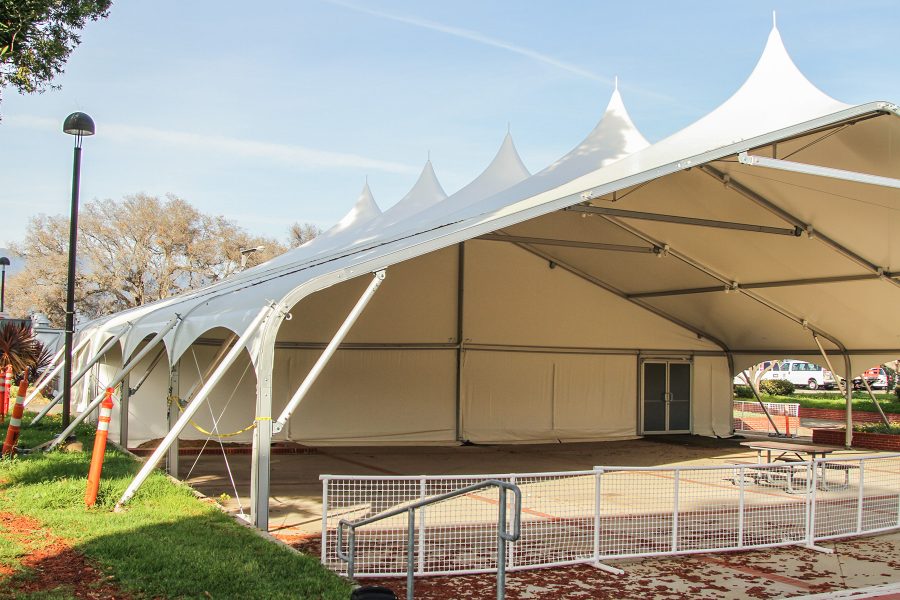Members of the community gathered at forums offered by City College to discuss the progress and future of the Program Location and Land Use Master Plan.
Similar meetings were held for the first time earlier this year in an attempt to inform the public about the master plan’s long-term goals for the three college campuses and how the facilities would be improved.
“I wanted to hear from the horse’s mouth so to speak, about what was going on, what was being planned, and what was available for us to learn and to get the information accurate,” said learning center student Kathleen Martin after attending the forum Wednesday night.
The remodels and new state of the art facilities at Schott and Wake are planned to have lounges for students and staff, and more accessible core services like tutor centers and health services.
Misunderstandings about the intended outcomes of the plan have recently sparked online debates and anger from the community, which was addressed at the meetings.
“One of the things that is really important to put to rest right now is this is not about enrollment growth,” said Pamela Anderson-Brulé, president of Anderson Brule Architects. “This is not about more students, this is about better spaces for the students that you have, and appropriate ones.”
After the launch of the master plan in 2014, rumors have circulated that there are plans to create on-campus student housing and getting rid of certain noncredit programs.
“This is a system that is not funded, nor is it expected or mandated that we house our students,” Superintendent-President Dr. Lori Gaskin explained. “At the same time, we want to become a partner in problem solving this issue about affordable housing. So we are open to any sort of possibility that may exist for a public-private partnership, but we would not be the lead in building any kind of housing. It just couldn’t happen.”
The master plan analyzes all the programs currently offered at City College and introduces a way to strategically organize them. This includes credit and noncredit as well as career and technical courses.
“Each location can be better developed for its specific needs and the students, so that we can make sure that each of the facilities that we create are the very best they can be for their students, whoever those students are,” Anderson-Brulé said.
Main Campus will be considered the “heart of SBCC,” because it is where a large number of administration and operational support will continue to work, according to Anderson-Brulé.
Many hands-on courses that may require special labs will be offered at Wake Campus, as well as some general education classes. This includes ceramics, jewelry making, and possibly even Automotive Services and Culinary Arts. Schott, the smallest of the three campuses, will house most of the noncredit and Center for Lifelong Learning programs.
The master plan is estimated to take up to 15 years to effectively implement the visions for City College. The next steps involve more outreach to ensure clear communication and understanding throughout the community.
“There needs to be a way for the community, the public, the faculty, the teachers, the students to understand the plan,” Anderson-Brulé said. “Being able to articulate that ultimately is very important to this process.”


